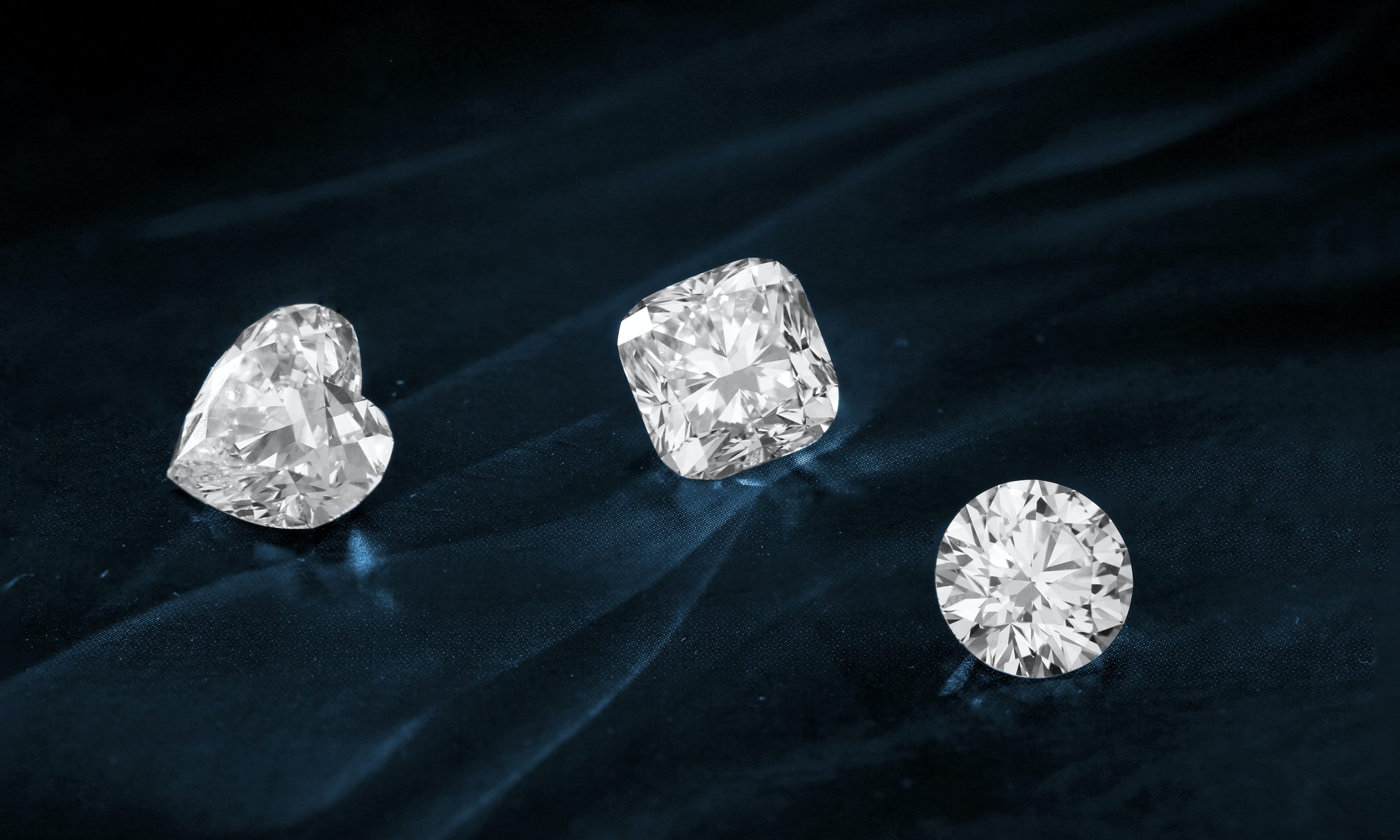
Diamond Shape and Cut guide
In order to select your perfect diamond engagement ring, it can be helpful to understand the difference between diamond shape and diamond cut: two properties that are often confused.
The diamond shape refers to the outline shape of the diamond as you look at it from the top down. Round, Oval, Princess, Emerald, Cushion, Heart, Marquise, Asscher, Pear, Trapeze, and Baguette are all shapes, and are often referred to as ‘fancy shapes’.
The cut of a diamond is one of the 4Cs of diamond quality, along with Clarity, Colour, and Carat. It does not refer to the diamond’s shape, but rather its proportions, symmetry, and how well it has been cut and polished. In turn, these affect how much light the diamond emits, which will determine the degree to which it sparkles. These different types of light reflection are referred to as brilliance, fire (flashes of color), and scintillation (how light reflects with movement).
Diamond-Cut Scale
Excellent
Diamonds in this category have the greatest sparkle. As light enters these diamonds it is reflected internally, from one mirror-like facet to another, and dispersed evenly. This perfectly balances the brilliant white light with intense flashes of fire (dispersion), giving the diamond its shine. Vees Star encourages clients to choose diamonds with an excellent cut.
Very Good
While the cut is not perfect, the majority of the light entering the diamond is still reflected through the top or crown. This produces a level of very high white light often referred to as brilliance.
Good
Though it still reflects most of the light, a Good cut diamond appears slightly darker with a lack of contrast. Diamonds of this grade are not as brilliant as those of Excellent and Very Good grades.
Fair
A Fair cut diamond, with facets cut only a few degrees out of alignment, can result in light leakage. This is where light exits through the bottom of the diamond instead of from the top, as is desired.
